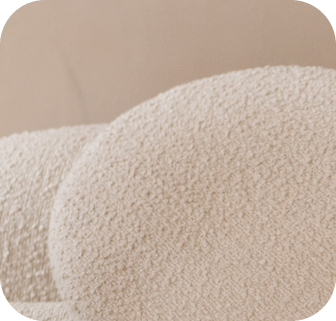How Does A Tattoo Removal Laser Work?
Tattoos are extraordinarily popular, with almost 45 million Americans with tattoos. That would be 1 in 5 Americans that have tattoos. 59% of those Americans with a tattoo are women. While tattoos may have been a good choice for some patients, 20% regret having a tattoo later on. Many patients seek tattoo removal since it may make employment more difficult and can look less professional.
What Makes A Tattoo Difficult To Remove?
The type of ink and color of the ink can influence how difficult the tattoo is to remove. Darker skin types with darker tattoos are often more difficult than lighter skin types. In some patients, the immune system can play a role as well. Some tattoos that have had previous attempts with lasers can be more resistant to tattoo removal. In addition, some inks are known to be more resistant to laser removal than others.
How Many Sessions Will I Require?
It is difficult to state for certain how many sessions are required. For some patients, a laser tattoo removal package is often a better pricing advantage than paying as you go.
What Is Ghosting?
Ghosting is when the tattoo leaves behind a lighter area where the tattoo was as a result of photothermal changes to the melanocytes. When patients use picosecond technology, less ghosting is present.
History Of Tattoo Removal
The earliest removal options of tattoos were the use of either surgical excision, sanding it off mechanically (i.e. dermabrasion) or using chemical peels. None of these techniques are currently used today as their side effect profile is not acceptable. The first laser used for tattoo removal was a C02 laser which is purely an ablative laser. This technology was also not successful as a stand alone technique for this purpose but can be used in conjunction with other more effective technologies. The q-switched shorter pulsed lasers were used in the 1990s and had less side effects than competing technology. While an older technology, this was the treatment up until the last few years. The latest in tattoo removal laser technology is an even shorter pulse laser called the PiQo4 by Lumines and is the laser offered in Dr. Shah’s office.
What Devices Does Aesthetic Skin And Dr. Shah Uses On Tattoos?
The PiQo4 is the workhorse of tattoo removal in our office. It is effective on all colors. We follow up tattoos which have been faded with either fractional C02 or silicone coated Fractora to fade tattoos which are already faded.
What Is The Difference Between A Picosecond And A Nanosecond?
A nanosecond is a billionth of a second while a picosecond is a trillionth of a second.
Is Tattoo Removal Painful?
At Aesthetic Skin Chicago, Dr. Shah uses a topical numbing gel with cool air to make the experience as pleasant as possible.
How Will My Tattoo Look Immediately After Treatment?
Initially, the tattoo has a slight frost which turns to a curst. The tattoo takes about a week to recover.
Do Resistant Tattoos Respond To Further Treatments?
Typically, patients treated with older technologies such as nanosecond technology have a good opportunity to respond to picosecond technology.
How Soon Can I Have Another Tattoo Placed Over My Old Tattoo?
Patients should wait about 3 months prior to a new tattoo.









